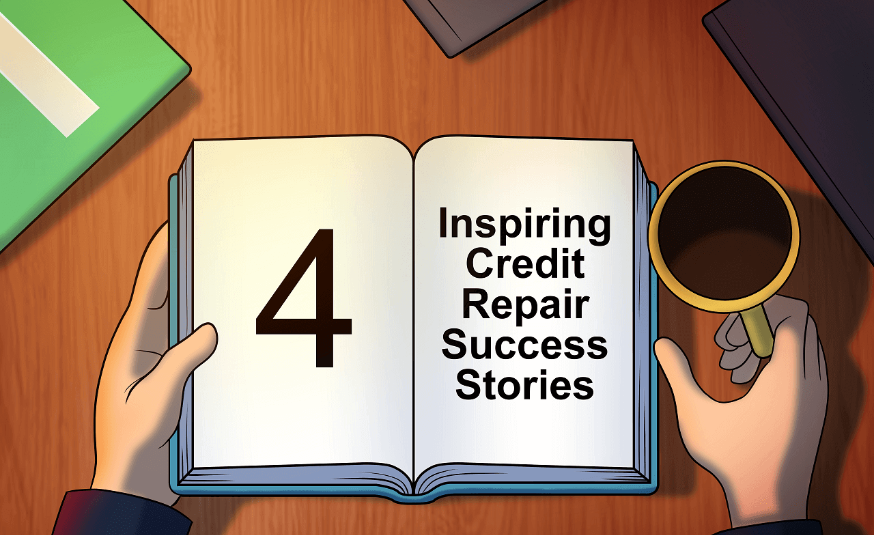Real-Life Credit Success Story: How I Went from Poor to Excellent Credit
When I first checked my credit score in my early 20s, I was shocked it was poor, sitting at 520. I felt stuck. I had no idea how much my past mistakes late payments, maxed-out cards, and ignoring bills had impacted my financial future.
At the time, I thought bad credit was permanent. But over the next few years, I completely turned things around. Today, my credit score is in the excellent range (above 750), and I’m proof that anyone can rebuild their credit with time, consistency, and discipline.
Here’s my journey from poor to excellent credit and the lessons you can use on your own path.
Step 1: Facing the Truth
The hardest part was looking at my credit report. It listed everything: late payments, collections, and a high credit utilization ratio. I realized that ignoring my situation only made it worse.
👉 Lesson learned: Always check your credit report. You can get a free copy annually from each bureau at AnnualCreditReport.com.
Step 2: Tackling Past Mistakes
I started by contacting the collection agencies. Some were willing to settle debts for less than the full amount, and I made payment arrangements I could afford. In some cases, I was able to negotiate a “pay-for-delete,” which removed the negative mark once I paid.
👉 Lesson learned: Clearing old debt matters it not only stops collectors from calling but also helps your report look cleaner over time.
Step 3: Building New, Positive Credit
I knew I couldn’t just erase the past I had to build new credit. Since no lender wanted to approve me, I applied for a secured credit card. I deposited $200, and that became my limit. I used the card only for small purchases like gas, then paid it off in full each month.
Over time, this positive history started outweighing the old negatives.
👉 Lesson learned: A secured card is one of the fastest ways to rebuild if you have poor or no credit.
Step 4: Managing Credit Utilization
Previously, I thought using all of my available credit showed I could handle it. I was wrong—lenders see high utilization as risky. So I focused on keeping my balances under 30% of my limit, and eventually under 10%.
👉 Lesson learned: Low balances = higher scores.
Step 5: Real-Life Credit Success Story: How I Went from Poor to Excellent Credit
It didn’t happen overnight. It took about 18 months for my score to move from “poor” to “good,” and nearly five years to reach “excellent.” But by then, I was able to:
-
Get approved for a rewards credit card with no annual fee
-
Qualify for a car loan with a low interest rate
-
Rent an apartment without needing a cosigner
Final Thoughts: Real-Life Credit Success Story: How I Went from Poor to Excellent Credit
Rebuilding credit isn’t about being perfect it’s about being consistent. The keys are:
-
Pay on time, every time
-
Keep balances low
-
Don’t apply for too much new credit at once
-
Review your reports regularly for errors
Today, I no longer fear my credit score I’m proud of it. And if I could go from a 520 to over 750, you can too.
Remem


